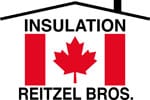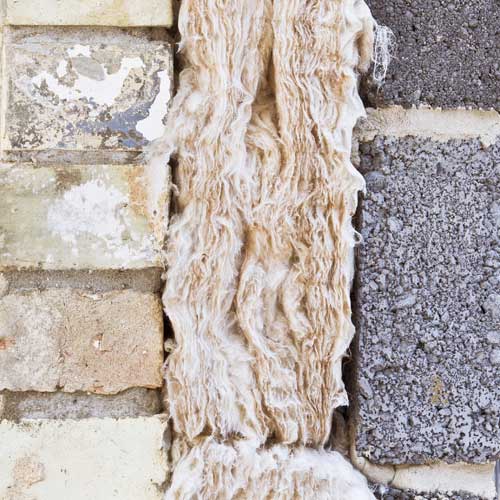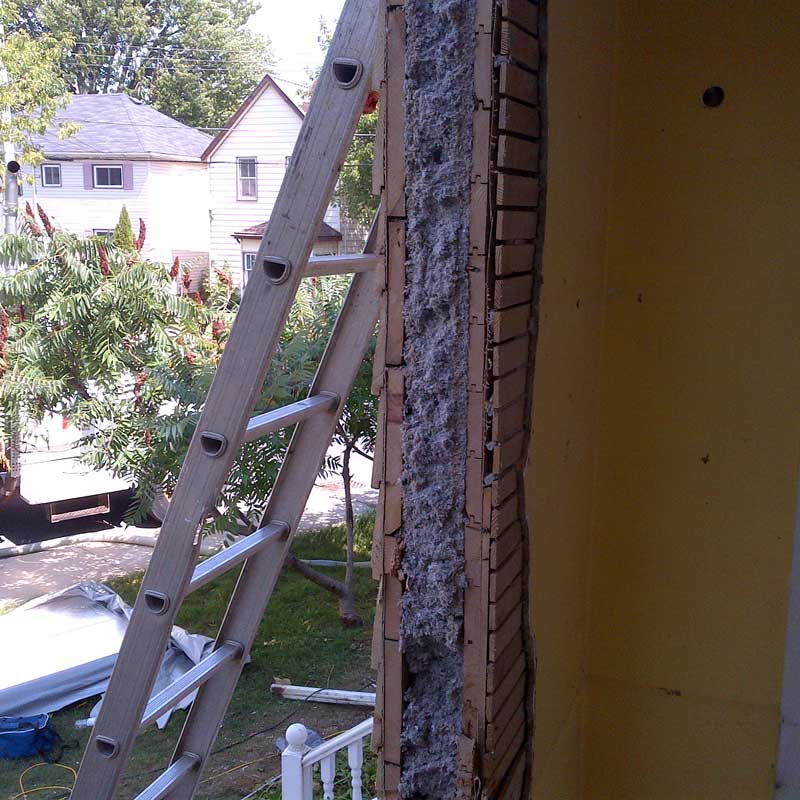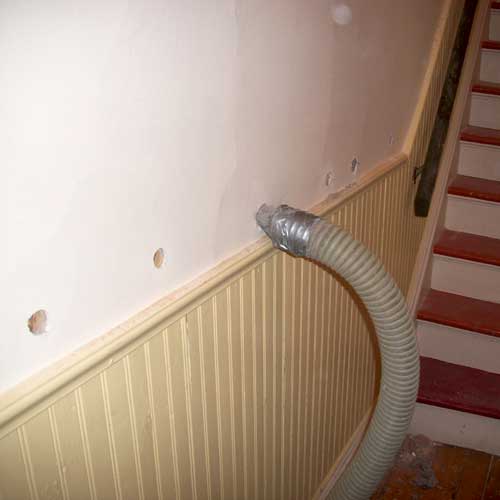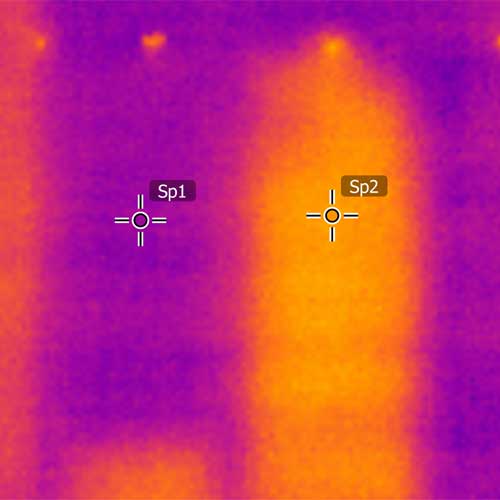Many years ago, because of unavailable resources and technology, homes were constructed with little or no insulation in the exterior walls.
Through research, development and field testing, Reitzel Bros. Insulation uses a proven process to install cellulose fibre insulation into empty exterior wall cavities, or improve existing levels of insulation within exterior walls. .
